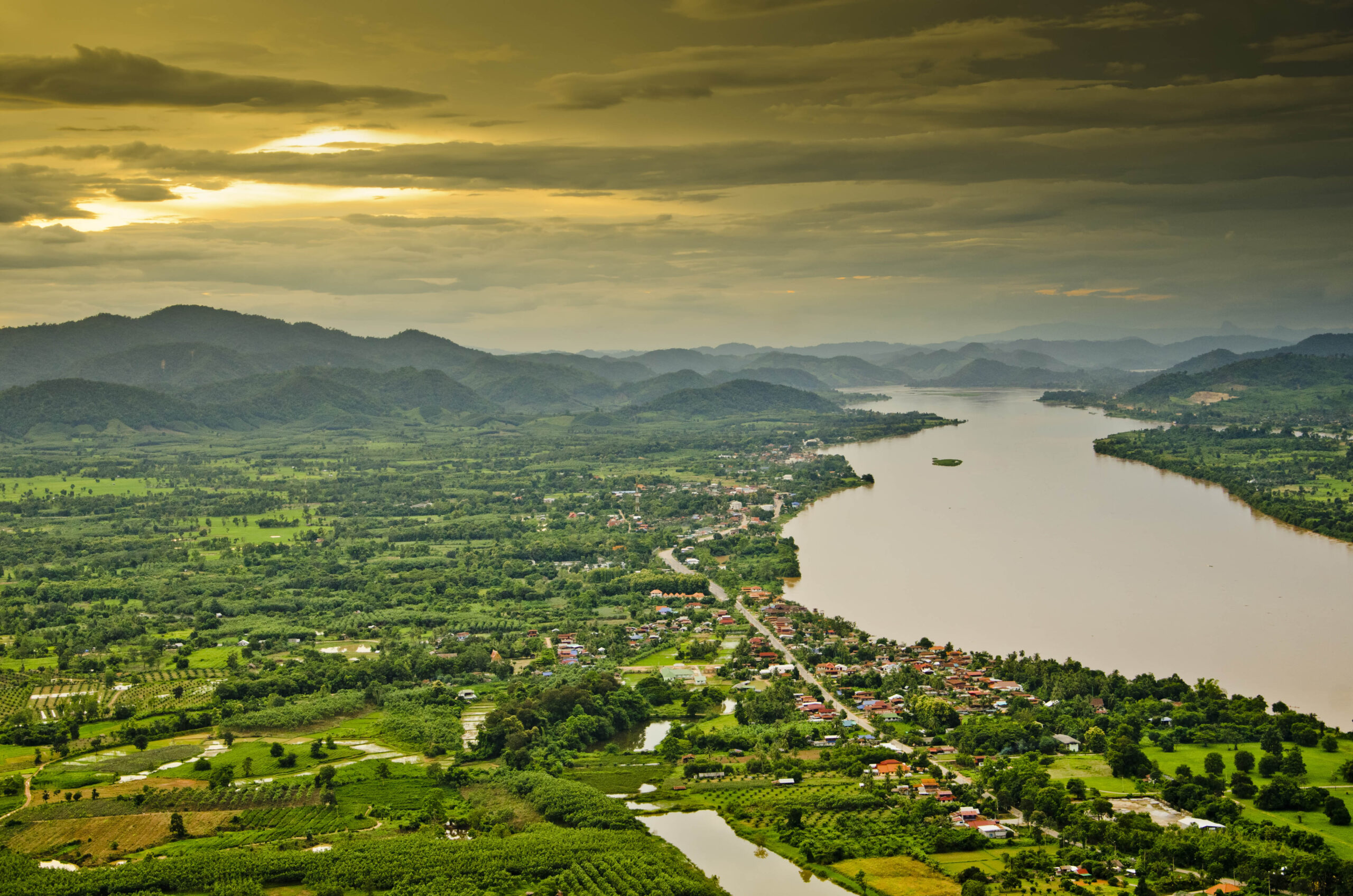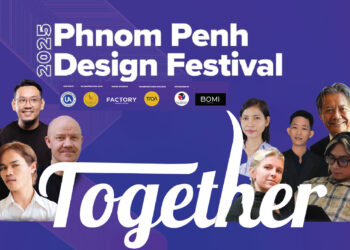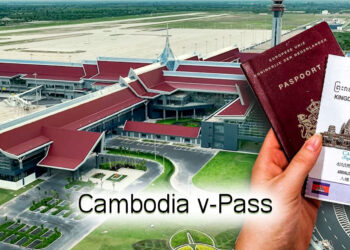“It was only destruction and people trying to survive but not really living.”
So there are different stories throughout the documentary?


There are different issues on the Mekong in different countries. The more you go down stream, the more problems there are. Like when we were in Tibet, the water was clear, the source was beautiful, and they don’t really use the water. They have water from the mountains, so if they need agriculture they get it from the mountains. They also have so many beliefs and so many gods in the water, so they don’t really want to use it unless for religious events. In China, they don’t really use the river, but in Vietnam they use it for everything: for transportation, for rice fields, for fishing. In Vietnam today, it’s almost impossible to catch fish in the river because there’s too much pollution and it’s at the end of about 6 countries. A bit of Myanmar, a bit of Thailand, so there is pollution from the damns, from oil, from the rice fields full of chemicals and pesticides, and everything. So now, in Vietnam there are shrimp farms and fish farming, but there are no white fish in the river.
From March until now is it changing rapidly?
Everyone said they noticed in the last ten years. The last ten years are the most difficult for them, but before it was okay. And it’s true that the last ten years, the way to use the river and make money from the river is getting worse and worse.
Is A River’s Tail bringing awareness? Is there a solution or a way to help? Because it has to be pain-staking to see these people struggling.
Yes, because they know exactly what is going on.
Is it like a slow death that the people know is coming?
Yeah, that is exactly what they say. The people who rely on the Mekong know that it is getting worse and worse. It’s hard if you want to fight companies and fight governments. In the end of Vietnam, Cambodia, and Laos, we were sitting at a restaurant saying we didn’t have a lot beautiful stories after almost a year. It was only destruction and people trying to survive but not really living.
How does the organization feel about it?
The problem is the organization we are working with is that they wanted more beautiful stories, but sadly, the reality is not beautiful. The funders maybe had a dream of us finding a village where they have clean water and they give their neighbors clean water, but if you stop anywhere on the Mekong that’s unfortunately not happening.

 ខ្មែរ
ខ្មែរ English
English










